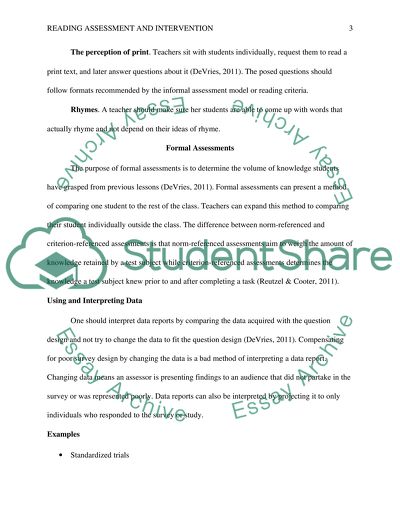Cite this document
(“Foundations of Reading Assessment and Intervention Research Paper Term”, n.d.)
Foundations of Reading Assessment and Intervention Research Paper Term. Retrieved from https://studentshare.org/education/1665872-foundations-of-reading-assessment-and-intervention-research-paper
Foundations of Reading Assessment and Intervention Research Paper Term. Retrieved from https://studentshare.org/education/1665872-foundations-of-reading-assessment-and-intervention-research-paper
(Foundations of Reading Assessment and Intervention Research Paper Term)
Foundations of Reading Assessment and Intervention Research Paper Term. https://studentshare.org/education/1665872-foundations-of-reading-assessment-and-intervention-research-paper.
Foundations of Reading Assessment and Intervention Research Paper Term. https://studentshare.org/education/1665872-foundations-of-reading-assessment-and-intervention-research-paper.
“Foundations of Reading Assessment and Intervention Research Paper Term”, n.d. https://studentshare.org/education/1665872-foundations-of-reading-assessment-and-intervention-research-paper.


